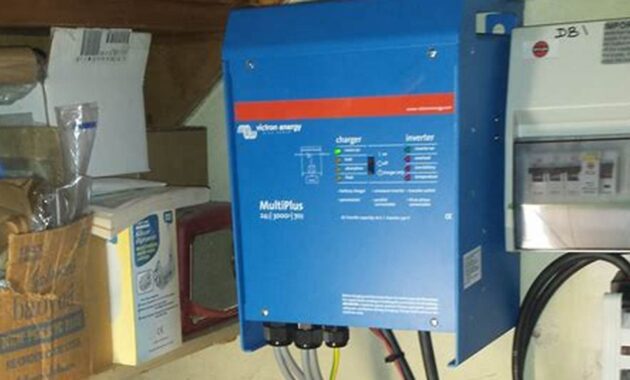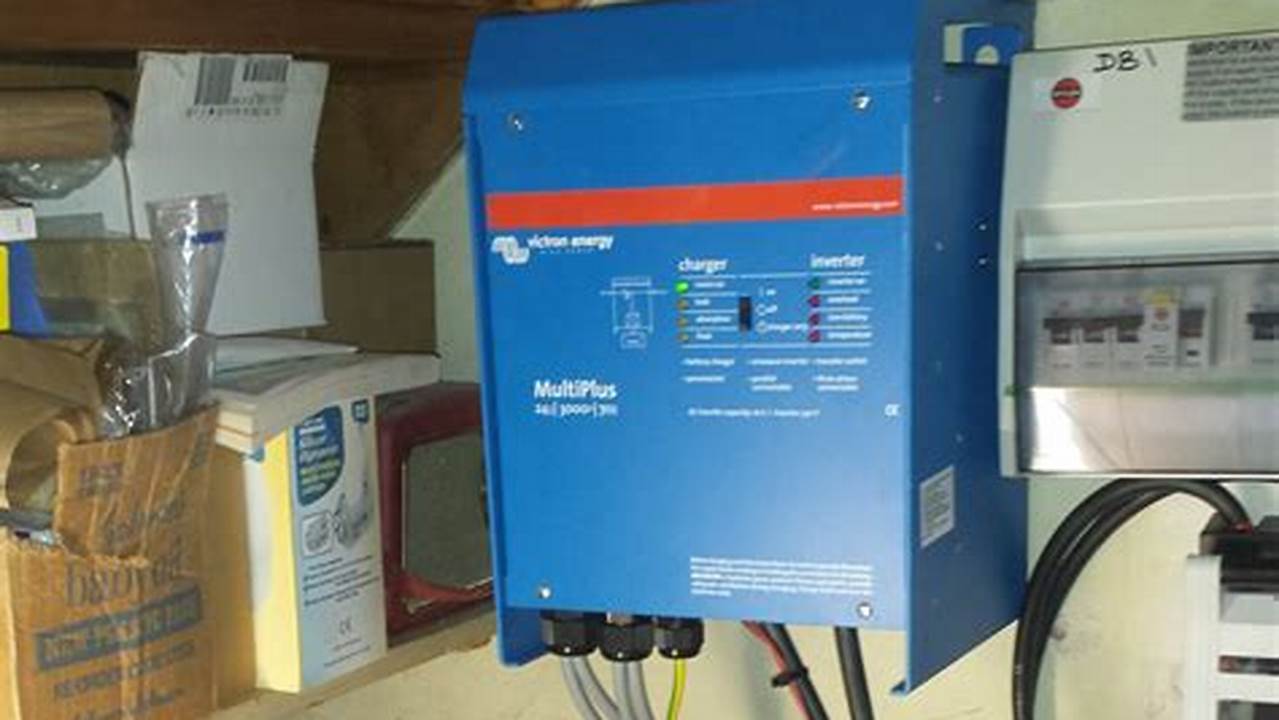
Getting electricity off the grid involves generating and using electricity independently from the traditional power grid. This can be achieved through various technologies, such as solar panels, wind turbines, and generators. Homes and businesses that implement off-grid systems can gain greater energy independence, reduce their environmental impact, and potentially save on electricity costs.
Off-grid electricity systems offer several advantages. They can provide backup power during grid outages, enhance energy security, and promote sustainable living. Historically, off-grid systems were primarily used in remote areas without access to the power grid. However, with the growing concerns about climate change and the desire for energy independence, off-grid systems are becoming increasingly popular in urban and suburban areas as well.
The main topics covered in this article include different methods of generating electricity off the grid, such as solar, wind, and hydro power. We will also discuss the components of an off-grid system, including batteries, inverters, and charge controllers. Additionally, we will explore the benefits and considerations of going off the grid, including cost, reliability, and environmental impact.
FAQs on Getting Electricity Off the Grid
This section addresses frequently asked questions (FAQs) about getting electricity off the grid, providing concise and informative answers to common concerns and misconceptions.
Question 1: What are the benefits of getting electricity off the grid?
Answer: Off-grid electricity systems offer several benefits, including increased energy independence, reduced environmental impact, potential cost savings, and enhanced resilience during grid outages.
Question 2: What are the different methods of generating electricity off the grid?
Answer: Common methods include solar photovoltaic (PV) panels, wind turbines, micro-hydro systems, and generators powered by fossil fuels or renewable sources like biogas.
Question 3: What are the key components of an off-grid electricity system?
Answer: Essential components include electricity generators, batteries for energy storage, inverters to convert DC to AC power, and charge controllers to regulate battery charging.
Question 4: Is it expensive to get electricity off the grid?
Answer: The upfront cost of an off-grid system can be significant, but long-term savings on electricity bills and increased energy independence can make it a worthwhile investment.
Question 5: Is off-grid electricity reliable?
Answer: The reliability of an off-grid system depends on the chosen energy sources and the system design. With proper planning and maintenance, off-grid systems can provide reliable electricity.
Question 6: What are the environmental benefits of getting electricity off the grid?
Answer: Off-grid electricity systems powered by renewable energy sources like solar and wind can significantly reduce greenhouse gas emissions and promote sustainable living.
Summary: Getting electricity off the grid can provide numerous advantages, including energy independence, environmental sustainability, and cost savings. Careful planning, system design, and maintenance are crucial for a reliable and effective off-grid electricity system.
Transition: The following section will delve into the specific technologies and considerations involved in generating electricity off the grid.
Tips on Getting Electricity Off the Grid
Transitioning to off-grid electricity requires careful planning and implementation. Here are some essential tips to ensure a successful and effective off-grid system:
Tip 1: Assess Your Energy Needs: Determine your average daily and peak electricity consumption to size your off-grid system appropriately. Consider factors such as the number of appliances, lighting, and potential future additions.
Tip 2: Choose Suitable Energy Sources: Evaluate your site’s solar, wind, and hydro resources to determine the most viable energy sources for your off-grid system. Consider factors such as sunlight hours, wind patterns, and water availability.
Tip 3: Design a Robust System: Plan a well-integrated system that includes high-quality components such as solar panels, wind turbines, batteries, and inverters. Ensure proper sizing and compatibility to maximize efficiency and reliability.
Tip 4: Implement Energy Efficiency Measures: Reduce your overall energy consumption by implementing energy-efficient appliances, lighting, and insulation. This will minimize the size and cost of your off-grid system.
Tip 5: Consider Battery Storage: Batteries are essential for storing excess electricity generated during peak production times for use when needed. Determine the appropriate battery capacity and type based on your energy needs and system design.
Tip 6: Ensure Proper Maintenance: Regular maintenance is crucial to keep your off-grid system operating at optimal efficiency. Inspect and clean solar panels, check battery water levels, and monitor inverter performance.
Summary: By following these tips, you can effectively plan and implement an off-grid electricity system that meets your energy needs, reduces your environmental impact, and enhances your energy independence.
Transition: The following section will provide insights into the various technologies and considerations involved in generating electricity off the grid.
Conclusion
This comprehensive exploration of “how to get electricity off the grid” has illuminated the various technologies, considerations, and benefits associated with off-grid electricity systems.
Transitioning to off-grid electricity offers numerous advantages, including increased energy independence, reduced environmental impact, and potential cost savings. By carefully assessing energy needs, choosing suitable energy sources, designing a robust system, implementing energy efficiency measures, and ensuring proper maintenance, you can effectively harness the power of renewable energy sources and achieve self-sufficiency.
Embracing off-grid electricity is a significant step towards a more sustainable and resilient future. It empowers individuals and communities to take control of their energy consumption, reduce their carbon footprint, and contribute to a cleaner and healthier planet.
